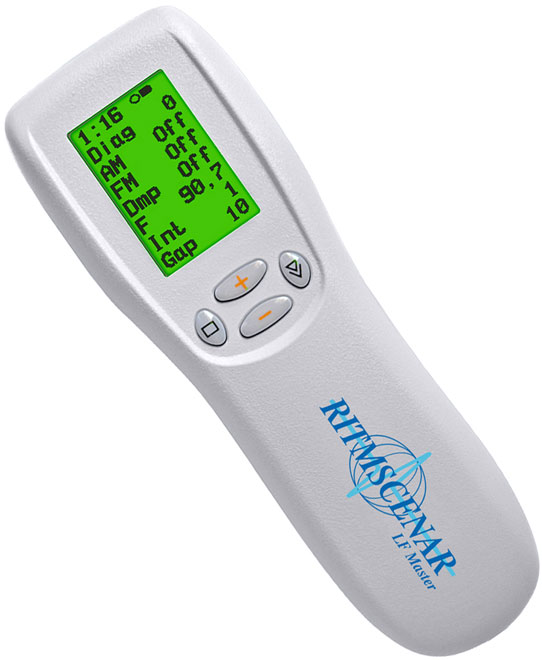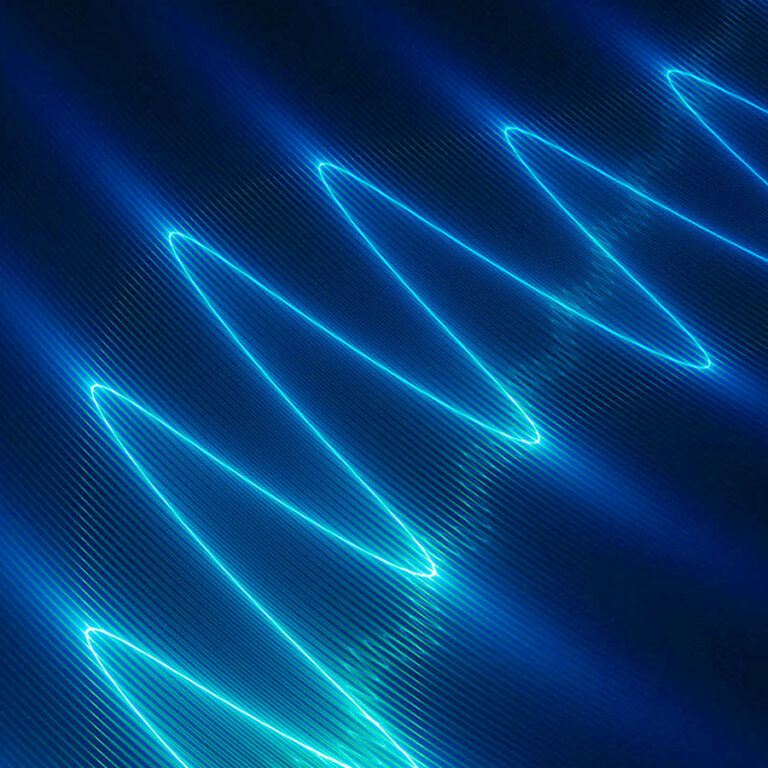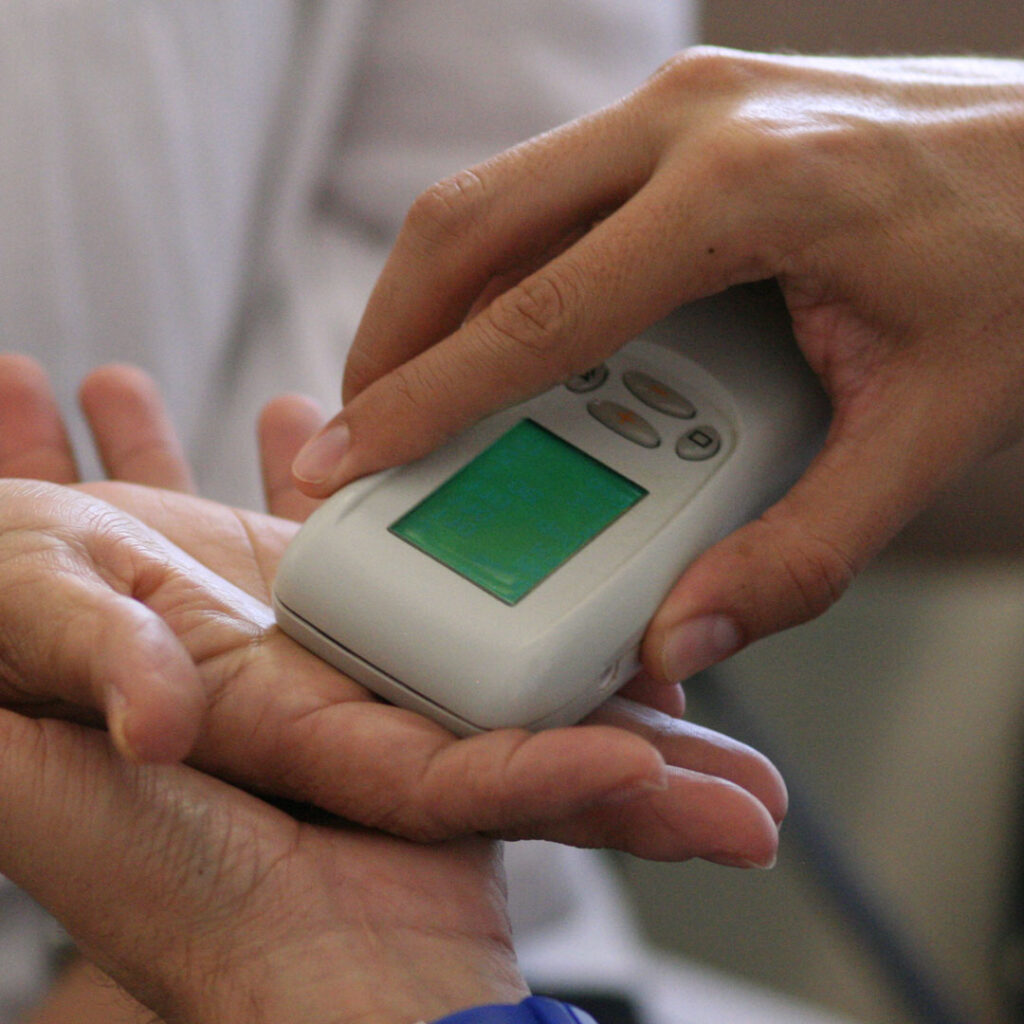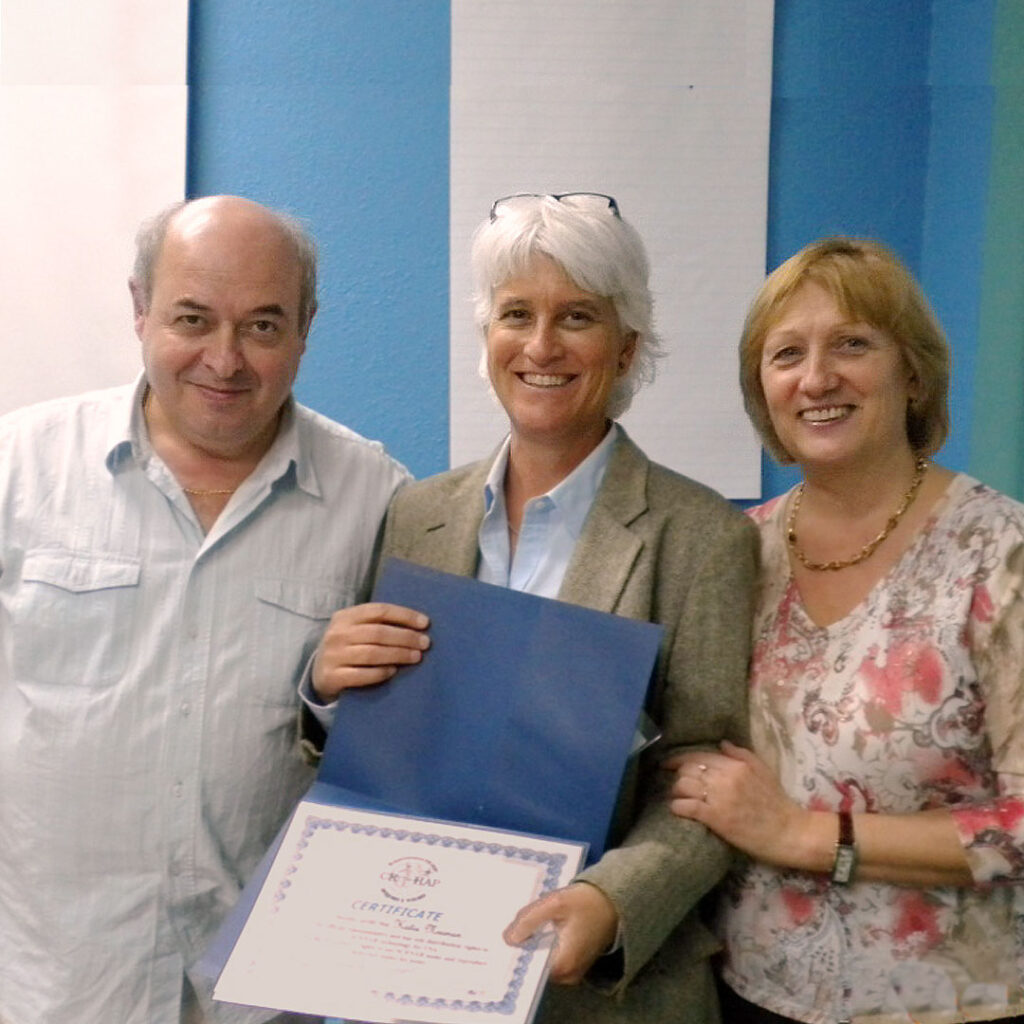SCENAR Pain Treatment

SCENAR is a small hand-held device that uses advanced electrical biofeedback technologies to deliver a non-invasive drug-free solution to pain from injuries, aches and joint stiffness.
The central premise is that the human body can be stimulated to more rapidly and completely heal itself.
SCENAR therapy – originally developed by the Soviet space program – is a powerful pain relief and management tool that provides immediate reduction of pain; jump-starts healing and shortens the recovery time after an injury or illness.
SCENAR therapy is based upon two physiological principles: an understanding that the body has its own healing capabilities that it is continually employing to maintain health, and that these healing capabilities can be amplified by the targeted delivery of electrical impulses through the skin.
The conceptual blueprint for SCENAR was acupuncture, Chinese zonal massage and the ancient understanding of the paths of Chi energy flow through the human body.
Our entire lives inform us that the human body is capable of self-repair. We all know this to be true from childhood: when we are young injuries are usually fleeting, and recovery from injuries rapid and often relatively pain-free.
As we age, maybe not so much?
SCENAR is designed to use the nervous system to stimulate the body's immune system and thereby help the body respond to injury and illness more rapidly – and more completely.
How SCENAR Works
SCENAR uses electrical impulses to stimulate the nervous system and trigger production of chemicals that enable the body to heal itself.
SCENAR works primarily through the nervous system.
The SCENAR impulse is delicate enough to get to the all important and much deeper C-fibers which comprise 85% of all nerves in the body and are responsible for the production of neuropeptides and other biochemicals that are central to the healing process.
Use of SCENAR is straightforward: the device is placed directly on the skin –

usually at the location where pain or discomfort is being experienced – where it collects electromagnetic information from the patients body which it then uses to modify the next SCENAR signal that is sent back to the body.
This biofeedback feature – the constantly changing dialog between the patients body and the device – is what distinguishes SCENAR from TENS machines and other electrical therapies, which send out an unchanging continuous signal to which the body often "adapts" and fails to respond.
SCENAR signals, by contrast, are constantly changing in response to changes in the body's electrical signals, preventing adaptation. Each successive signal is transmitted only after the device has recorded and analyzed the body's response to the previous signal as expressed in the electrical properties of the skin.
The result of SCENAR treatments are that the C-fibers are stimulated to produce and release more peptides, enabling accelerated healing. As peptides last a number of hours within our bloodstream and soft tissues, the healing process will continue long after the SCENAR treatment is over.
Benefits of SCENAR Therapy

Injuries and pain come in many forms, and are not always linked to known causes such as athletic injuries, falls, strains or fractures.
They may be the result of chronic conditions that the patient has been living with for a substantial period of time, or the the result of the re-emergence of symptoms of old injuries.
In Russia, there are nearly a thousand practitioners currently using SCENAR as their principal pain treatment instrument, and SCENAR devices are found in the medical tool kits of practitioners in countless countries.
As a result of this large user-base, a vast wealth of information about the efficacy of SCENAR is available in research papers and clinical studies, a number of which are available for download from this website.
Trials in Russia have confirmed the benefits of SCENAR treatments for pain relief: many types of patients have found more pain relief from the release of natural opiates after SCENAR treatment than from administered pharmaceutical opiates.
SCENAR is also credited with substantially reducing the recovery times of Russian athletes.
In many cases using SCENAR for pain relief in one location will have a general positive affect on other – seemingly unconnected – parts of the body, or on other medical problems.
The increased quantity of neuropeptides in the body often has benefits that extend beyond the specific condition or pain that is being treated, with treatment on one area helping resolve other chemical imbalances that are causing other conditions such as sleeplessness, appetite issues, stress and depression.
History of S.C.E.N.A.R. Technology
S.C.E.N.A.R. – Self-Controlled Energy Neuro Adaptive Regulation – was developed by the medical sciences division of the Soviet space program in response to the unique medical challenges posed by space travel.
Pain from illness or injury – and its reduction – was a central concern.
The size of early space capsules made carrying pharmaceuticals impractical for several important reasons – the need to transport a large number of different drugs and waste water contamination issues being especially prominent in making drugs an unattractive pain management and health care solution.

The goal of the Soviet space medicine program was to develop a method of treatment – especially for pain – that was small; portable; self-contained; non-invasive and applicable to a wide range of medical problems.
As the Soviet doctors and scientists studied the intricate workings of the human central nervous system they began to formulate ideas that would lead to sophisticated SCENAR electrical biofeedback devices.
In the late 1970s a team of doctors and scientists based at Sochi University and led by Alexander Karasev became the first to demonstrate scientifically verifiable – repeatable – therapeutic treatment using electrical signals to stimulate the human immune system.
Two of the team received the Order of Lenin in recognition of this extraordinary achievement and development continued with research led by Doctor Yori Gorfinkel and Professor Alexander Revenko, resulting in the advanced SCENAR devices available today.
SCENAR devices rapidly came to be referred to as the "Star Trek Devices" by writers because of their space-exploration origins and similarity to the medical healing device used in the popular TV series.
